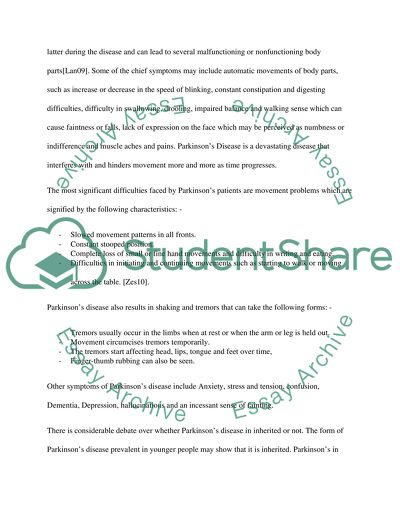Cite this document
(“Parkinson diease reserach paper Research Example | Topics and Well Written Essays - 1750 words”, n.d.)
Retrieved from https://studentshare.org/sociology/1429217-parkinson-diease
Retrieved from https://studentshare.org/sociology/1429217-parkinson-diease
(Parkinson Diease Reserach Paper Research Example | Topics and Well Written Essays - 1750 Words)
https://studentshare.org/sociology/1429217-parkinson-diease.
https://studentshare.org/sociology/1429217-parkinson-diease.
“Parkinson Diease Reserach Paper Research Example | Topics and Well Written Essays - 1750 Words”, n.d. https://studentshare.org/sociology/1429217-parkinson-diease.


